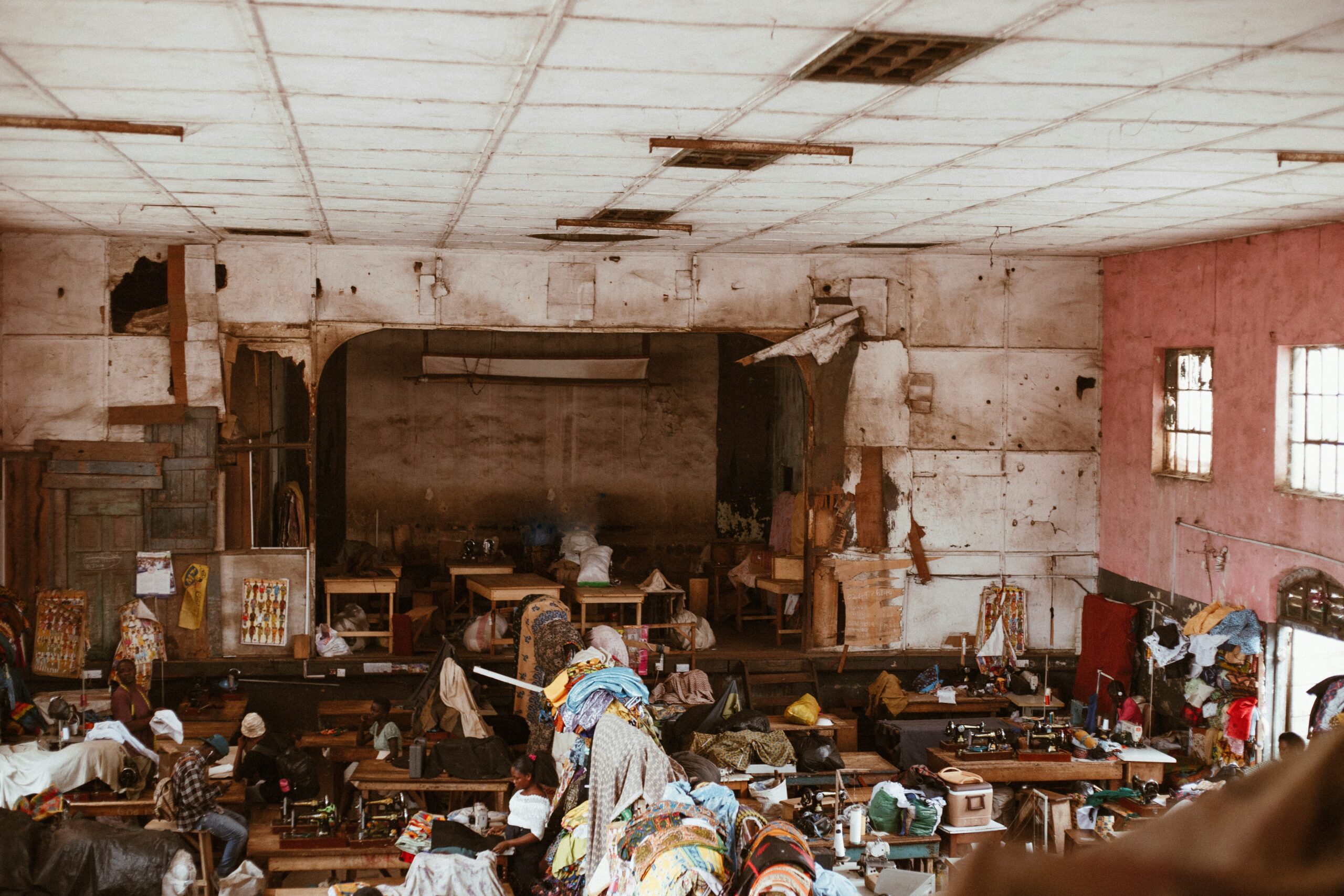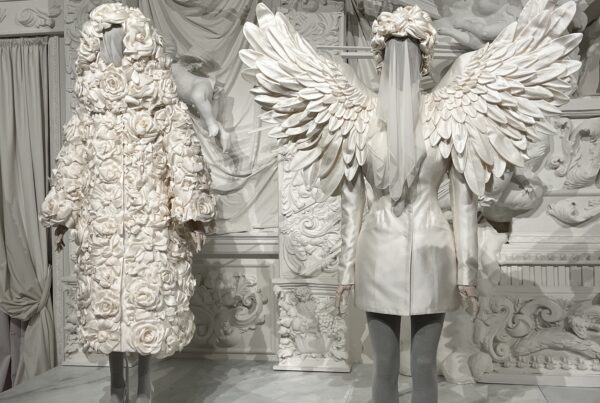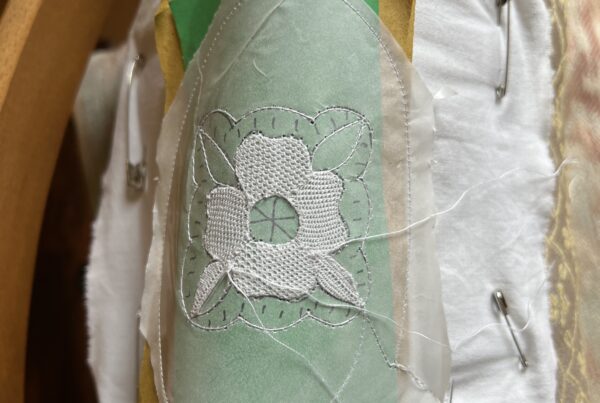Viviamo in un mondo che ci spinge a muoverci rapidamente, a fare tutto in fretta, e a comprare lo stesso maglione in quattro colori diversi perché non abbiamo tempo di decidere cosa indossare alle sette del mattino prima di correre al lavoro. È l’era del comfort, dove ogni minima frizione nella nostra vita quotidiana può essere rimossa con un nuovo gadget visto su Amazon. Ma davvero basta questo per rendere la nostra vita perfetta? Sappiamo tutti che la risposta è no.
Nel 2007, Kate Fletcher scrisse un articolo per The Ecologist in cui utilizzò per la prima volta il termine “Slow Fashion”, ancora oggi usato in contrapposizione alla fast fashion e al consumismo. Lo slow fashion privilegia tessuti naturali, sistemi di produzione trasparenti, qualità rispetto alla quantità e la riduzione dell’impatto ambientale.
Nel documentario del 2015 The True Costt, il regista Andrew Morgan esamina l’industria dell’abbigliamento, in particolare il business della fast fashion, collegandolo a consumismo, globalizzazione, capitalismo, povertà strutturale e oppressione.
Morgan pone l’accento sul consumismo americano, evidenziando come i media influenzino il desiderio, soprattutto tra gli adolescenti, di acquistare e creare un’identità basata sul consumo. Negli ultimi anni, molti influencer sono stati sponsorizzati da aziende di fast fashion per aumentare esponenzialmente le loro vendite. Un esempio lampante è Shein.
Shein e il lato oscuro della fast fashion
Shein si rivolge principalmente alla Gen Z, adattando strategicamente i propri contenuti per attirare questa fascia demografica. La strategia di Shein si basa su contenuti generati dagli utenti (User-Generated Content) e dagli influencer (Influencer-Generated Content), mostrando persone reali che indossano i loro capi attraverso video e immagini. Lo stile visivo è vivace e giovanile, perfettamente pensato per i social media.
Tuttavia, dietro questa facciata, emergono gravi problematiche. Nel novembre 2022, Greenpeace Germania ha pubblicato un rapporto che ha rivelato livelli preoccupanti di sostanze chimiche pericolose in molti prodotti Shein, come ftalati, PFAs e piombo, alcune delle quali superavano i limiti normativi dell’Unione Europea.
Inoltre, un’indagine dell’organizzazione per i diritti umani Public Eye ha evidenziato condizioni di lavoro allarmanti in alcune fabbriche che producono per Shein. Dipendenti che lavorano fino a 75 ore a settimana, ricevono uno o due giorni di riposo al mese e non firmano contratti di lavoro, il tutto in ambienti privi di uscite di emergenza e con finestre sbarrate.
La differenza del cucito a mano
Siamo talmente abituati a vedere migliaia di capi nei negozi che raramente pensiamo a chi li produce. Ma quando prendi ago e filo e inizi a creare qualcosa con le tue mani, sei costretto a riflettere sul valore del lavoro manuale. Ti rendi conto che qualcuno, da qualche parte, lavora turni massacranti per realizzare quella maglietta che hai comprato per 5€.
Il cucito a mano, per definizione, è un’attività lenta e può richiedere molte ore per creare un singolo pezzo. Potrebbe sembrare insostenibile in un mondo così veloce, eppure la domanda per prodotti fatti a mano non si è mai fermata.
Ovviamente, la sartoria artigianale non può sostenere i volumi di produzione della fast fashion. Ma ci siamo mai chiesti se abbiamo davvero bisogno di tutti quei vestiti? Sacrifichiamo qualità, compensi equi e sostenibilità per la velocità e il consumo senza pensieri.
Una nuova generazione di consumatori consapevoli
La stessa generazione presa di mira dai marchi di fast fashion è anche quella che cerca soluzioni creative per combattere l’iperconsumo. Upcycling e acquisti di seconda mano sono diventati trend grazie agli stessi canali social usati per consumare.
Su TikTok, molti creator mostrano come cucire o riparare i propri abiti, trasformandoli in pezzi unici e sviluppando uno stile personale lontano dalle proposte di marketing.
Costruire uno stile personale, indipendente dalle pubblicità e dalle tendenze, non è facile. Ma ricordare il valore di ogni capo che possediamo può fare la differenza nella nostra vita quotidiana.




